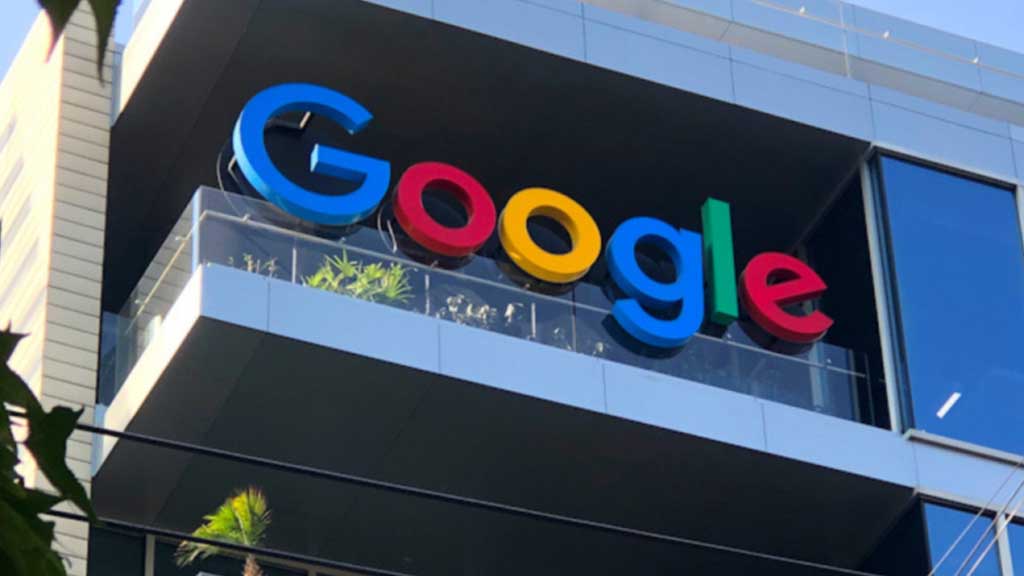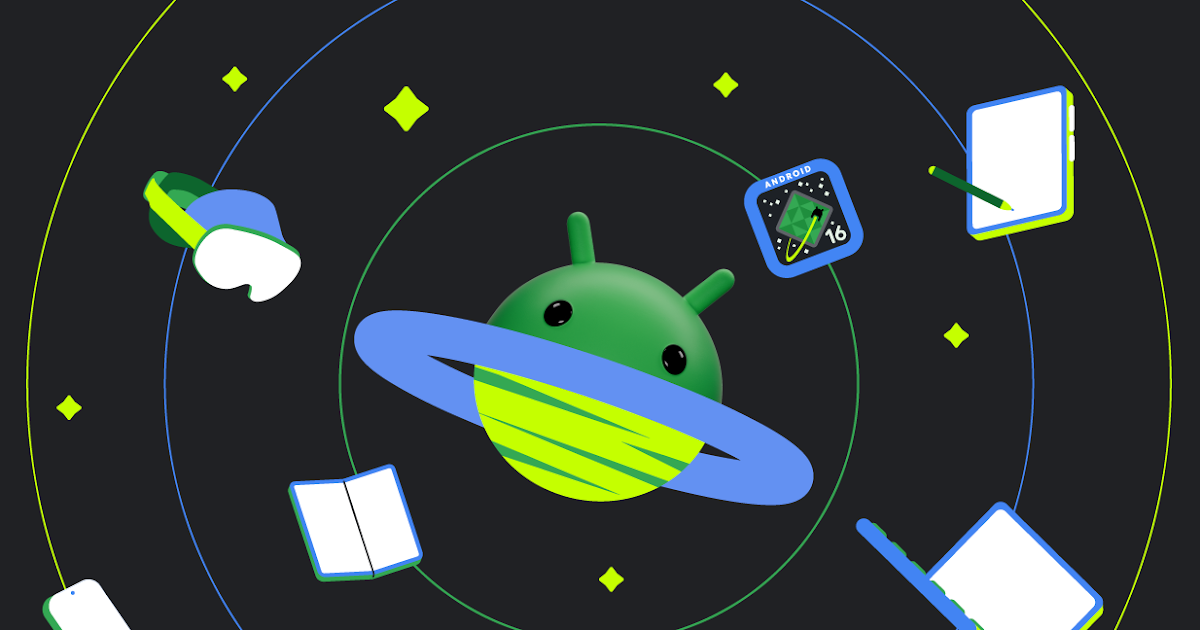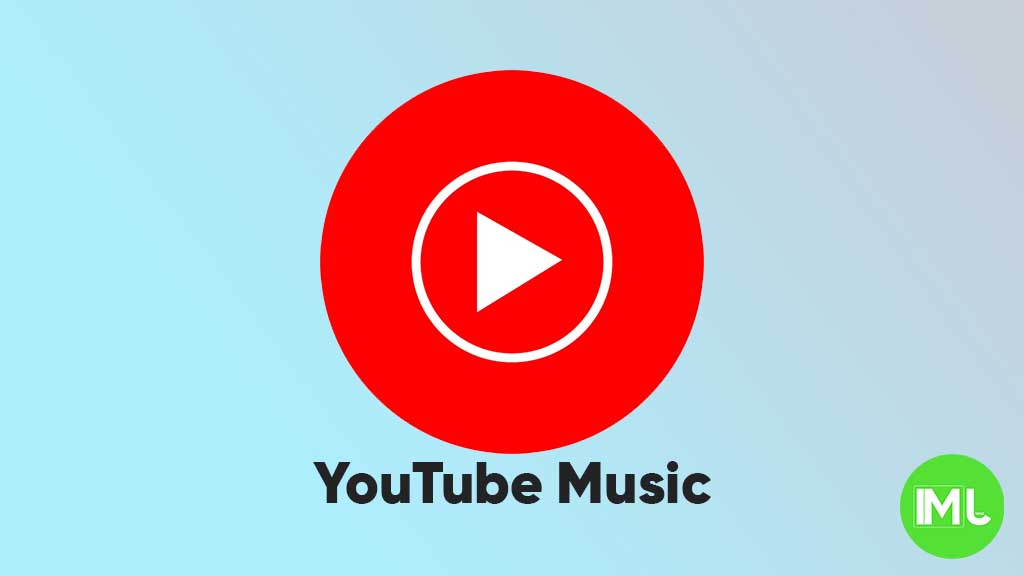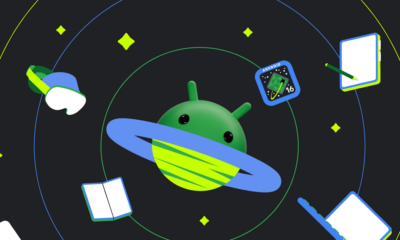Google expands Pixel Weather, Google Wallet for kids, Digital Wellbeing nudges, and enhanced Magic Editor for Photos

Google Pixel Weather Rolls Out to More Devices
In the October 2024 Feature Drop, Google expanded Pixel Weather to Pixel 6 and newer models, including the Pixel Tablet. This app enhances weather updates, offering real-time forecasts and city-specific backgrounds on your Pixel devices.
Pixel Weather is a background service that you can activate with an update from the Google Play Store. Once you install version 1.0.20240910.x, a “Weather” app icon will appear in your app grid. During setup, allow notifications and enable precise location for the most accurate updates. In the Pixel Weather settings (accessed via your profile avatar), select it as your main source for weather notifications, turning off “Weather forecasts” from the Google app for a streamlined experience.
For a seamless setup, consider restarting your device so existing widgets and “At a Glance” default to Pixel Weather. Additionally, sign in with your Google Account to sync saved locations across devices. The interface shows detailed weather elements, including hourly forecasts, precipitation, wind, UV index, and air quality. On foldable devices and tablets, the app features a two-column layout for easier access to each city’s customized display.
Pixel Weather includes a 6-hour precipitation forecast powered by Google nowcasting, available in the U.S., U.K., and many European countries (with a few exceptions like Italy and Luxembourg). You can also customize units, themes, and receive tomorrow’s forecast at night or city-specific rain alerts. For users in the U.K., Germany, France, and Italy, pollen count information is also available.
Google Wallet for Kids with Family Link Support in 2025
Starting in 2025, Google Wallet will support tap-to-pay for children’s Family Link-managed devices, marking a step towards safer, parent-monitored digital transactions. Using the Google Wallet app on Android, children will be able to make in-store payments, with each transaction requiring device PIN, password, or biometric authentication for security.
Parents must approve every credit or debit card linked to a child’s account. Through the Family Link app, parents can monitor transaction history, remove cards, and block access if needed. This feature builds on Google’s success with tap-to-pay for kids on Wear OS-powered smartwatches, emphasizing family security.
Initially, the feature will be available in the U.S. and select other countries, with a broader rollout planned in the future.
Digital Wellbeing’s New “Mindful Nudge” Feature for Healthier Screen Time
Google’s Digital Wellbeing app will soon introduce “Mindful Nudge” reminders to encourage more mindful app usage. Part of version 1.19.688167517.beta, this feature gently prompts users when they’ve spent extended time on an app, helping break excessive browsing patterns and promoting healthier screen time habits.
While similar to Apple’s Screen Time, this approach aims to be more flexible. When active, users can tap on the nudge for more details or disable it for specific apps. Though not yet widely available, “Mindful Nudge” is expected to roll out on Pixel devices and possibly other Android phones soon.
Google Photos’ Magic Editor Enhancements for Easier Edits
Google Photos is enhancing its AI-powered Magic Editor with an improved user interface. The “Reimagine” feature now allows users to adjust images in various ways, from altering backgrounds to resizing and moving objects. A new UI update for the Magic Editor, coming soon in Google Photos v7.6, simplifies using these features by providing intuitive tools like “Insert” and “Replace.” These options offer quick prompts for customization, such as changing a background with just a few clicks.
Magic Editor aims to make photo editing accessible to all users with easy-to-use AI-driven options, perfect for creating the ideal image without needing advanced photo editing skills.
Android
Android 16 adds small but useful changes to status bar and terminal features

Google is working on Android 16, and while big changes are still under wraps, some small updates have already been noticed. These tweaks may not seem major, but they can improve how users interact with their devices.
One of the changes spotted in the Android 16 Developer Preview is the return of the status bar clock to the left side of the screen. This layout used to be common before Android 9, but later Android versions placed the clock on the right. Now, with the new preview, the clock moves back to the left, which could make room for more icons and make the status bar easier to read—especially on phones with notches or punch-hole cameras. However, this change might not be final, as Android is still being tested.
Another interesting update is in the Android terminal tool. A new feature allows users to resize disk partitions without needing a full system reboot. This could be very helpful for developers and advanced users who need to change storage settings quickly. Instead of restarting the device, the system now supports live resizing in many cases, which saves time and effort.
Overall, Android 16 is shaping up with some practical improvements that focus on convenience and better user experience, even in the smaller details.
YouTube Music adds new feature to keep song volume steady

YouTube Music is rolling out a new feature called “Stable volume” to make your listening experience better. This option helps keep the sound level the same across all songs, so you won’t have to turn the volume up or down when switching tracks.
Sometimes, songs are louder or softer depending on how they were made. This new feature fixes that by adjusting each track so that all music plays at a similar volume. It’s especially useful when you’re using headphones or listening in the car.
You can find this option in the YouTube Music app by going to Settings > Playback & restrictions, where you’ll see a switch for “Stable volume.” It works for both free and Premium users, and it’s now appearing on Android devices (version 7.07 or later). iOS support may come soon, but it’s not available yet.
This is a welcome update, as many streaming apps like Spotify and Apple Music already have similar volume balancing tools. It helps make playlists and albums sound smoother and more enjoyable without constant volume changes.
So far, the feature is being released in stages, so you might not see it right away, but it should show up soon for everyone.
Android
Android 16 beta adds battery health info, Pixel Fold gets better at detecting opens and closes

Google has released the Android 16 Beta 1 update for Pixel phones, and it brings some helpful new features. One of the key additions is battery health information, which is now available in the settings. Pixel users can now see the battery’s manufacturing date, charge cycles, and overall health score. This can help people understand how well their battery is holding up over time. While this feature is currently hidden under developer options, it might be fully added in a future update.
At the same time, Google is also working to improve the Pixel Fold. With Android 16 Beta 1, there’s a new system that better detects when the phone is opened or closed. This new method uses the hinge angle to more accurately understand the device’s position. Unlike older systems that could be affected by software bugs or slow response times, this new one seems to be more reliable and faster.
These changes are important for people who use foldable phones like the Pixel Fold, as better hinge detection can lead to smoother app transitions and fewer bugs. And for all Pixel users, having detailed battery info can help with managing phone performance and deciding when it’s time for a battery replacement.
Overall, Android 16 Beta 1 focuses on giving users more control and smoother experiences, especially for those with foldables.
-

 Apps1 year ago
Apps1 year agoGboard Proofread feature will support selected text
-

 News1 year ago
News1 year agoSamsung USA crafting One UI 6.1.1
-

 News1 year ago
News1 year agoBreaking: Samsung Galaxy S22 may get Galaxy AI features
-

 News1 year ago
News1 year agoSamsung Galaxy S23 Ultra with One UI 6.1 and all S24 AI features revealed
-

 News1 year ago
News1 year agoOne UI 6.1 Auracast (Bluetooth LE Audio) feature coming to many Samsung phones
-

 News1 year ago
News1 year agoSatellite SOS feature coming to Google Pixel phones, evidence leaked
-

 Apps11 months ago
Apps11 months agoGoogle’s fancy new Weather app is finally available for more Android phones
-

 News1 year ago
News1 year agoGoogle Pixel evolves as Europe’s third best selling flagship






